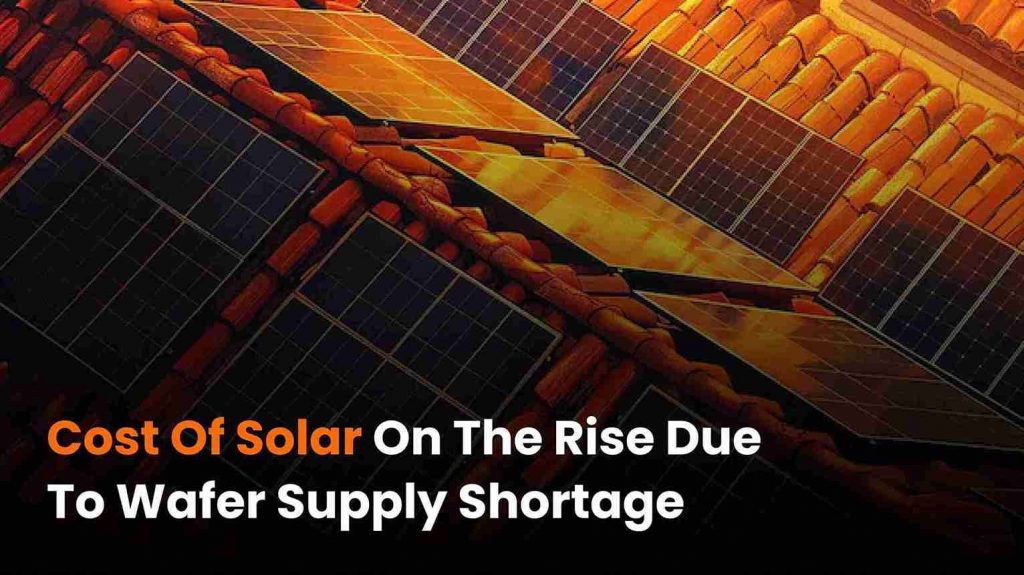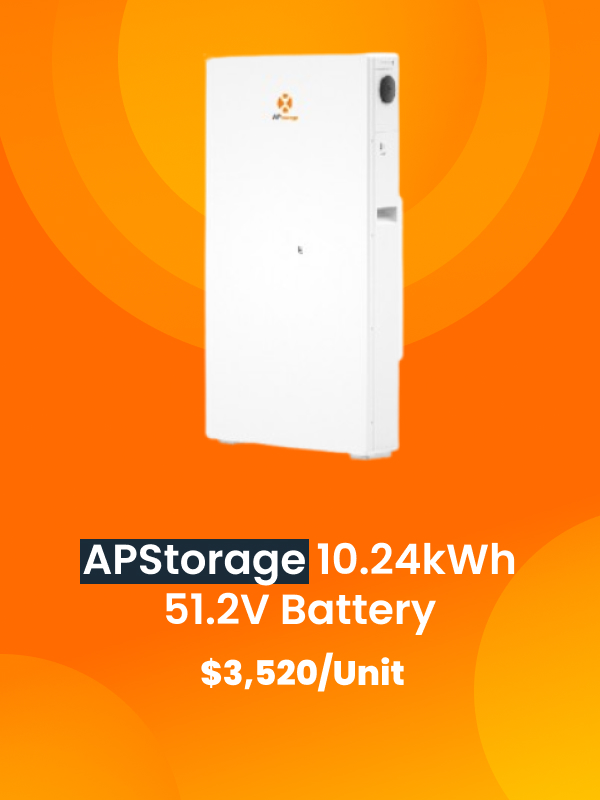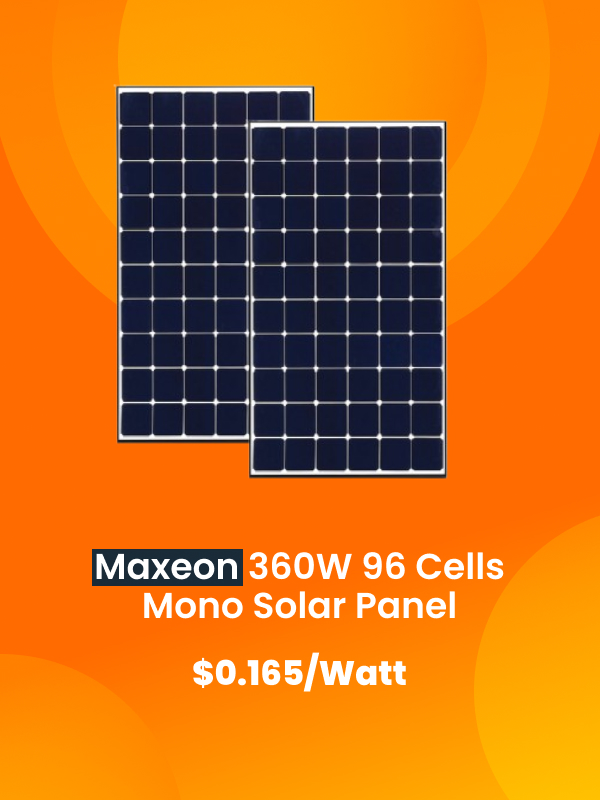Have you noticed silicon wafer prices have blasted through the roof?
We’ll provide some background on what caused this abrupt change in the market and when to expect prices to stabilize. We’ll also give you some details on what pricing has looked like over the last year.
Why is the silicon wafer market taking back off?
After a steady 2022 Q2 climb, wafer prices dipped throughout Q3 and plunged from Q4 through January.
Now prices are roaring back up due to a shortage of supply caused by aggressive buying by Chinese manufacturers.
Let’s look at why numbers were down in the first place.
Mono wafer prices by the numbers:
- 182 mm mono wafer prices stayed flat at $0.98 for all of 2022 before plunging by 68% to $0.64. Prices are up to an average of $0.80 for increases between 12-24% over the last week, with further increases projected.
- 210 mm mono wafer prices started 2022 at $1.10 and climbed as high as $1.39 in August before starting its drop to January’s low of $0.75. Prices are back up to an average of $1.06 for an increase of 32% over the last week, with Further increases projected for next week.
Mono perc cells by the numbers:
- 182 mm Mono perc cells are up to an average of $0.15 for an increase of 16% over the last week, with further growth projected for next week. Notably, highs this week for 182mm have climbed up to 43% over the previous week.
- 210 mm mono perc cells are also up 16% at $0.15. Further increases are expected for them as well.
Polysilicon by the numbers
- Polysilicon is +52 to $36.20/kg, increasing 29% over the last week.
Why were prices down in the first place?
As far as what the data tells us, experts believe the culprit is two-fold.
- Low worldwide demand at the end of 2022 due to labor shortages, high terminal costs, and slowed or stalled power terminal projects.
- A PV module manufacturing slowdown led to a massive buildup of industry-wide solar inventory, calculated to be as high as 1 billion units in mid-December
These two situations lead to highly aggressive pricing of wafers to move units.
After China’s Lunar New Year holiday on January 22nd, Chinese manufacturers bought up polysilicon at these lower prices to fulfill new orders, which are driving prices back up. They are fulfilling orders at a markedly increased rate.
The bright idea
Solar wafers had taken a massive dip between Q4 and January 2023 due to decreased demand for solar projects, labor shortages, and manufacturing slowdowns. Now Chinese manufacturers are driving silicon prices up as they aggressively buy materials to fulfill new orders, quickly reducing supply.
Prices are expected to continue to rise in the near term as long as the industry is willing to tolerate them and then gradually stabilize.
In the meantime, enjoy the solar coaster.
In the market for solar supplies? Contact our sales team now.




